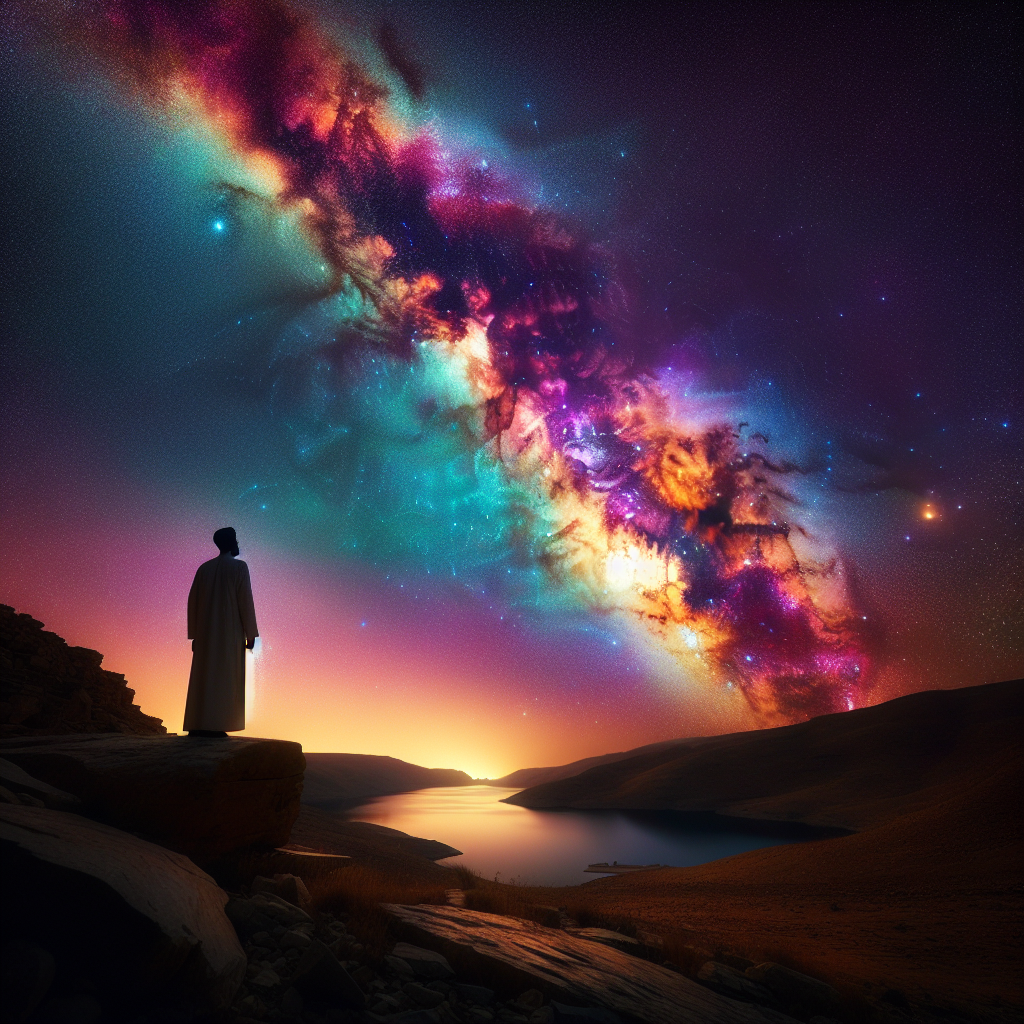There’s something undeniably poetic about the first time I saw the Milky Way. It was a clear, moonless night in the high deserts of Northern Arizona, a place where the heavens stretch endlessly and the stars pour into the lap of the earth like a river of light.
The Magic of That First Glimpse
The night was cool and the sky, a vault of infinity. As I set up my telescope, an old but trusty conduit to the cosmos, the anticipation was palpable. When the Milky Way began to reveal itself, it felt as if the universe had decided to unfurl its secrets just for me. This band of light, made up of billions of stars, dust, and gas, arched over the horizon like a celestial bridge.
The experience was visceral and intimate. I remember thinking how this same sky watched over ancestors who named these patterns in the stars and told stories of their origins and omens. It was a connection, timeless and profound, a whisper from the universe saying, “You are part of this too.”
Understanding the Milky Way
Scientifically, the Milky Way is our galaxy, one among billions in the cosmos, but it’s home to our sun and all the planets we’ve come to know. NASA describes it as a barred spiral galaxy, a sprawling city of stars with arms that swirl around its luminous core.
From my spot in the desert, what I saw was the galaxy’s disk, where most of its stars reside, including our own sun, tucked away in one of its quieter suburbs. This band, so vivid against the night, is but a cross-section of our galactic home, seen edge-on from within.
Why I Keep Chasing the Milky Way
Since that first mesmerizing encounter, the allure of the Milky Way has only grown. Each stargazing trip is a pilgrimage, a chance to steal moments with the cosmos. The universe speaks in the language of light, and each observation is a sentence I yearn to understand. It’s not just about seeing; it’s about connecting with something greater than ourselves, something eternal.
Chasing the Milky Way is also a chase for clarity, for moments of awe that remind us of the vastness and beauty of the universe. It’s a personal quest, yes, but also a universal one. We look up to remember what it feels like to wonder, to ponder our place in the grand tapestry of existence.
Joining the Cosmic Conversation
Every night spent under the stars is an invitation to a broader, deeper conversation—one that has been ongoing since the dawn of time. Whether it’s through the lens of a telescope or the naked eye, each look at the Milky Way is a look both outward and inward.
And so, I keep returning to my telescope, to the deserts, to the solitude of the night. Here, away from the clamor of daily life, the universe feels closer, more akin to a living presence than a distant expanse. Each stargazing session is both a reunion and a discovery, a dance with light across the millennia.
If you’re intrigued by the cosmos and want to start your own stargazing journey, consider reading How to Start Stargazing Without Spending a Fortune. It’s a practical guide that offers affordable ways to embrace the wonders of the night sky.


